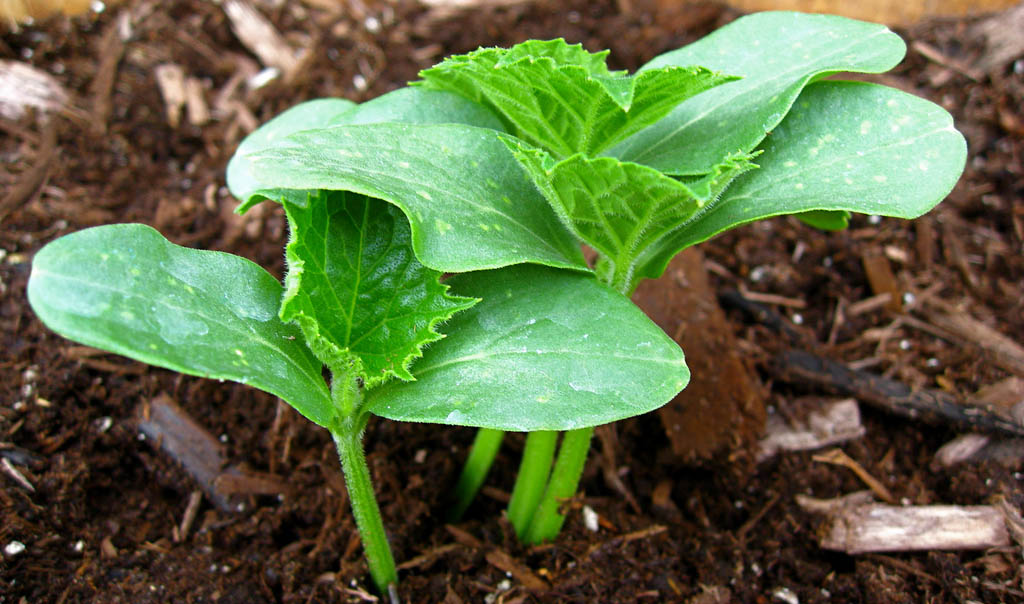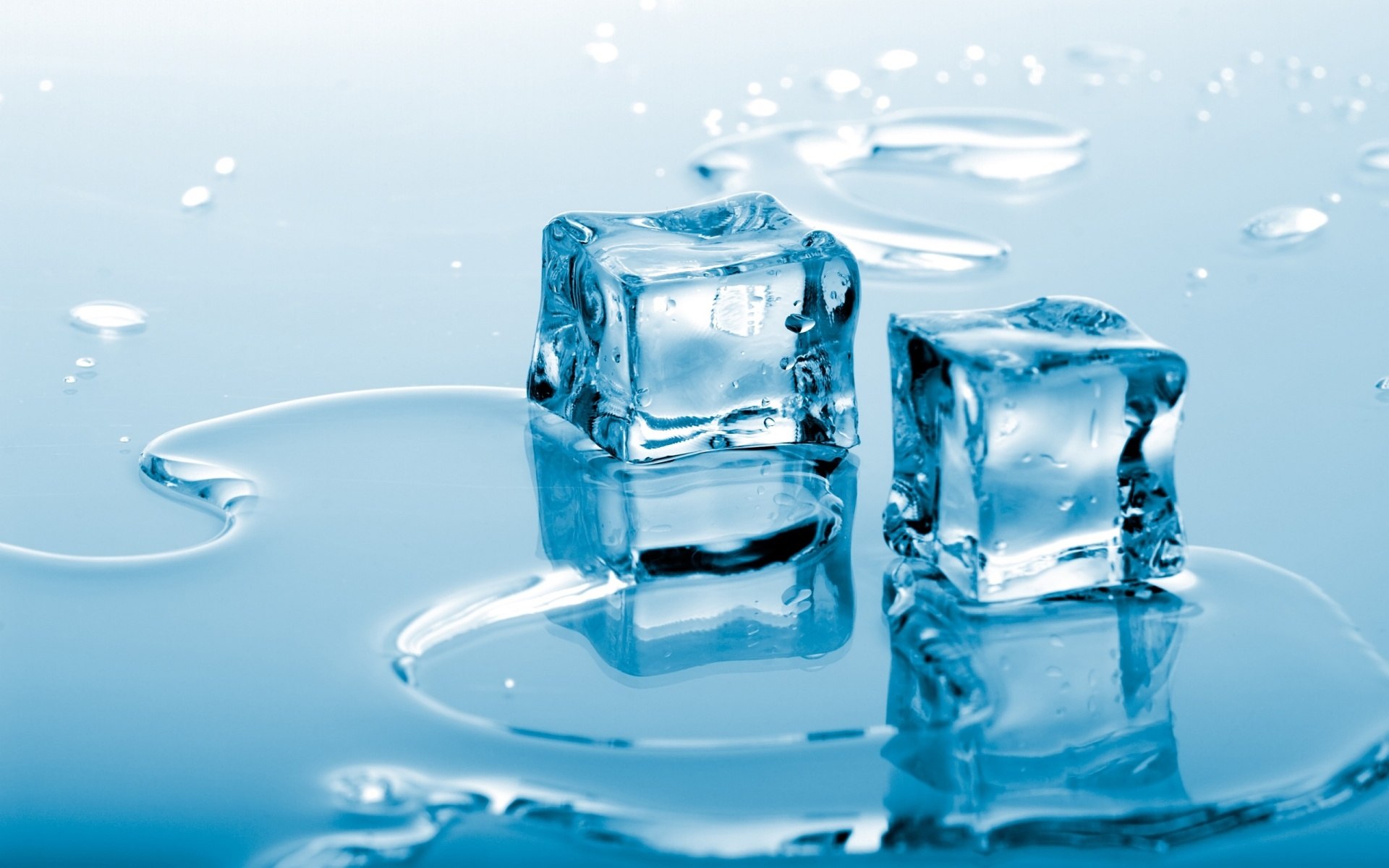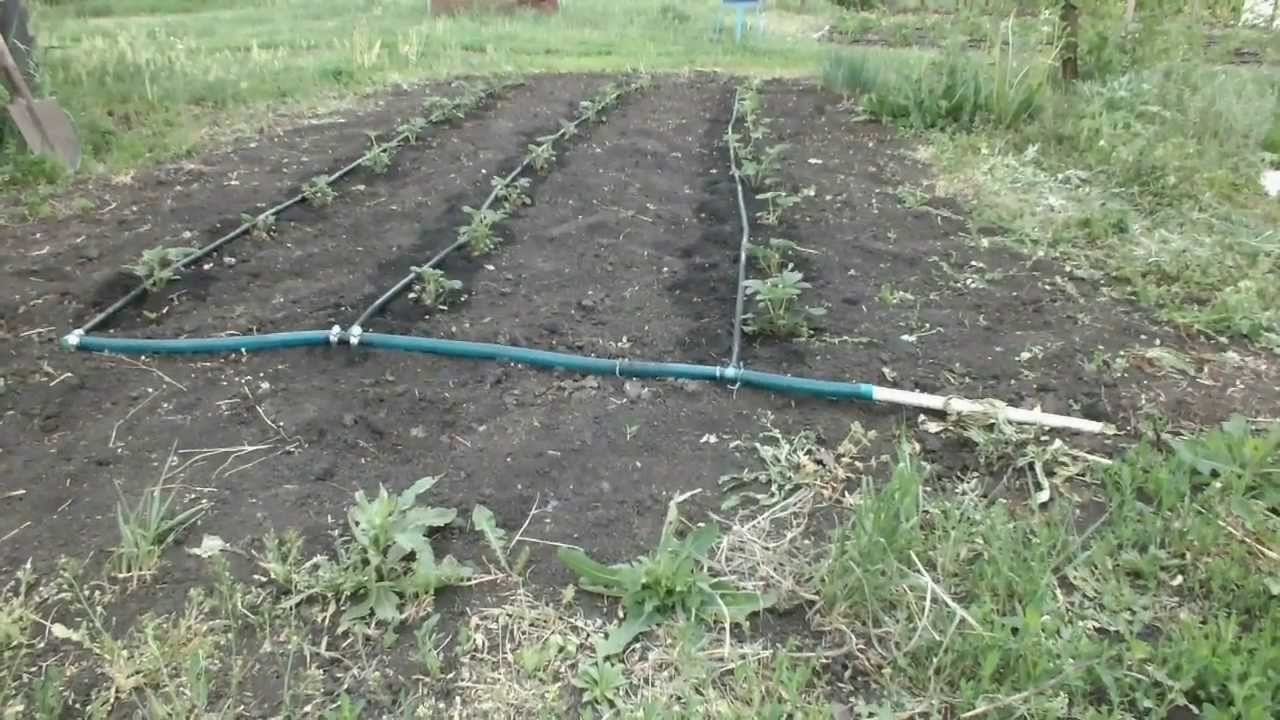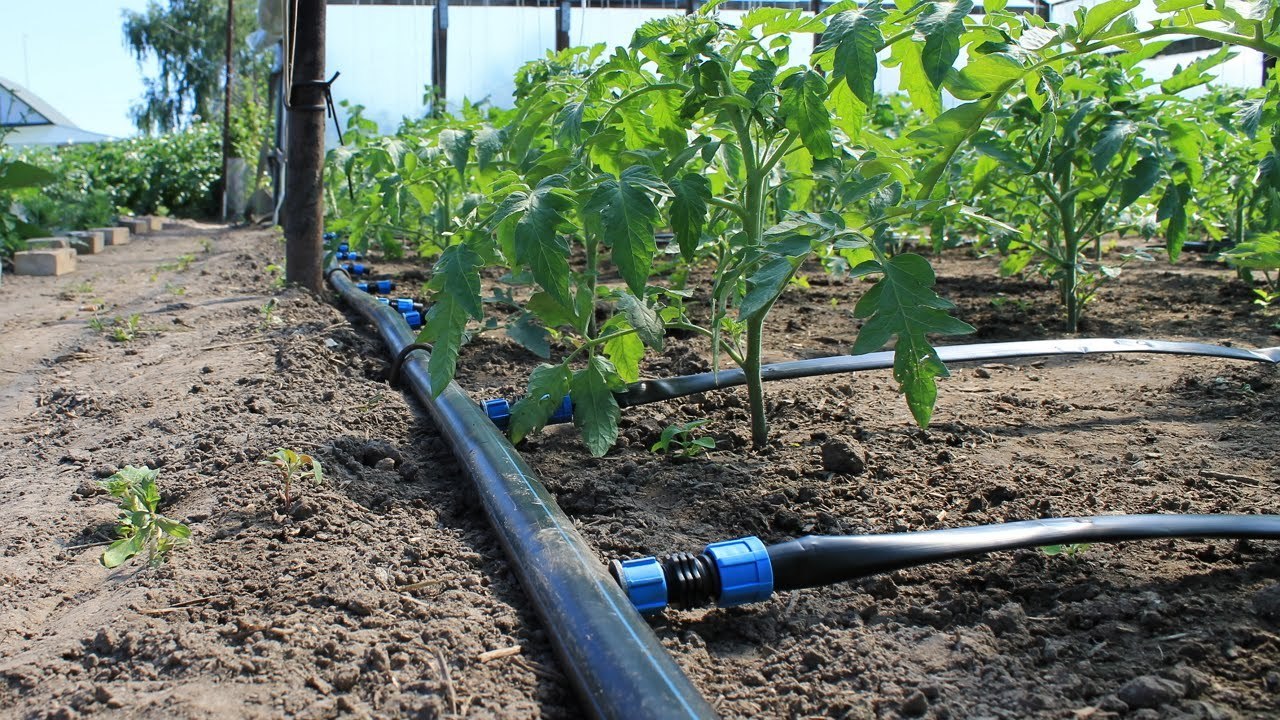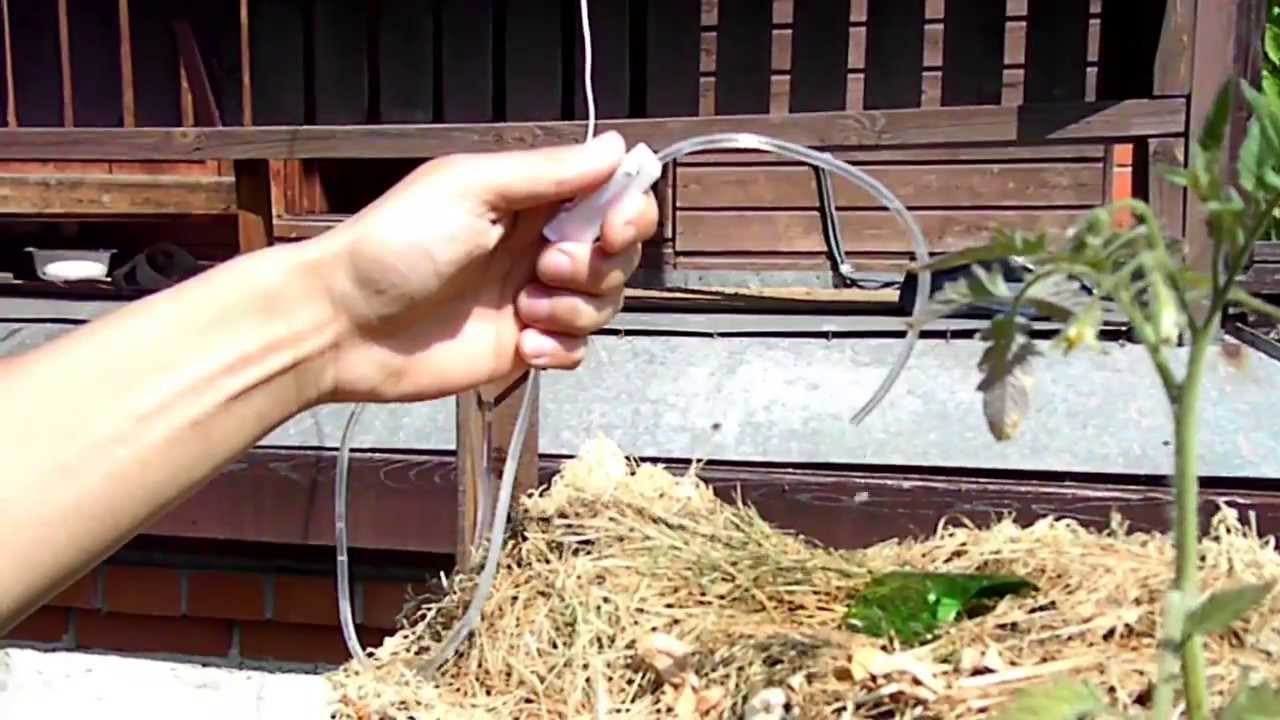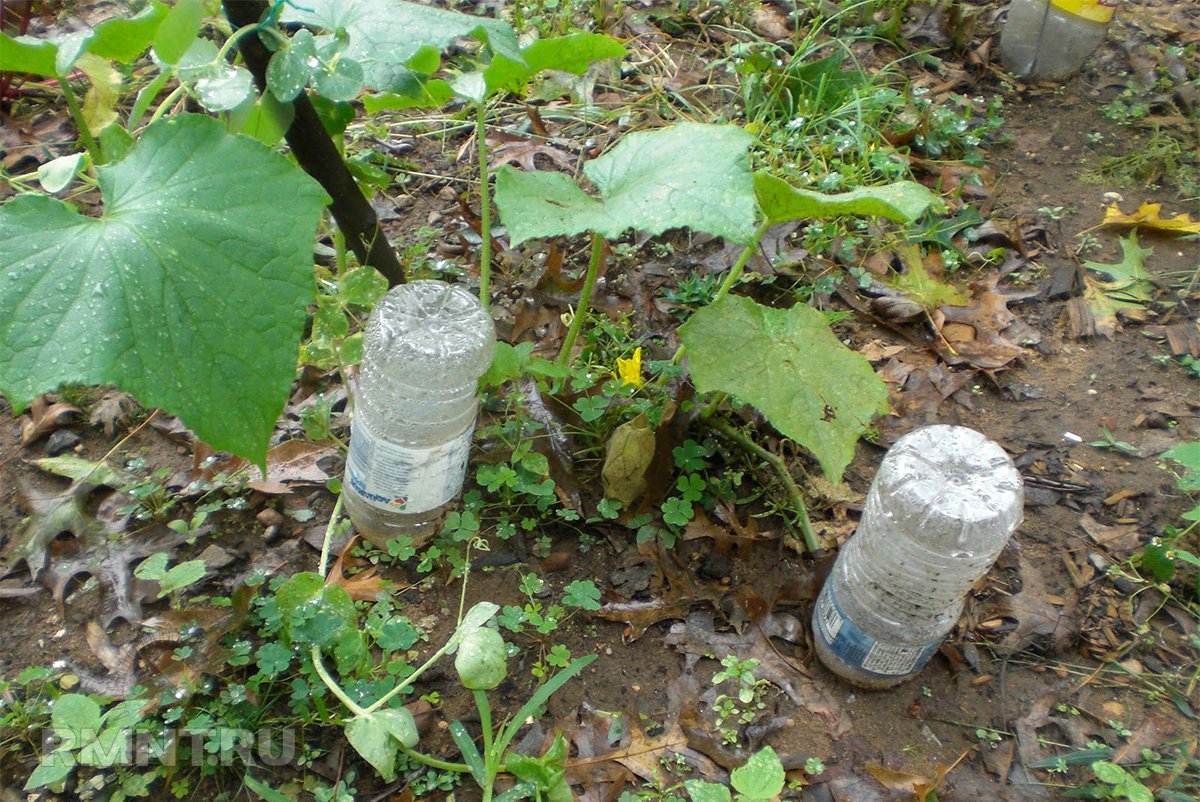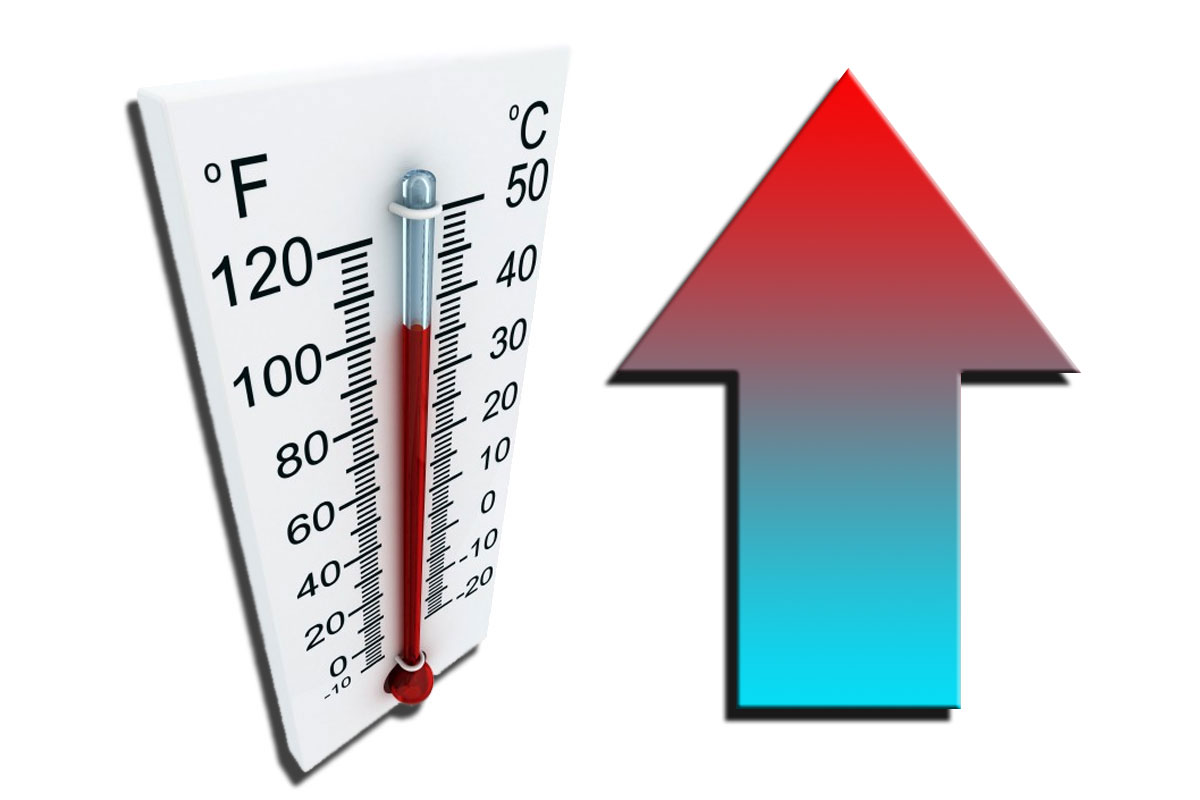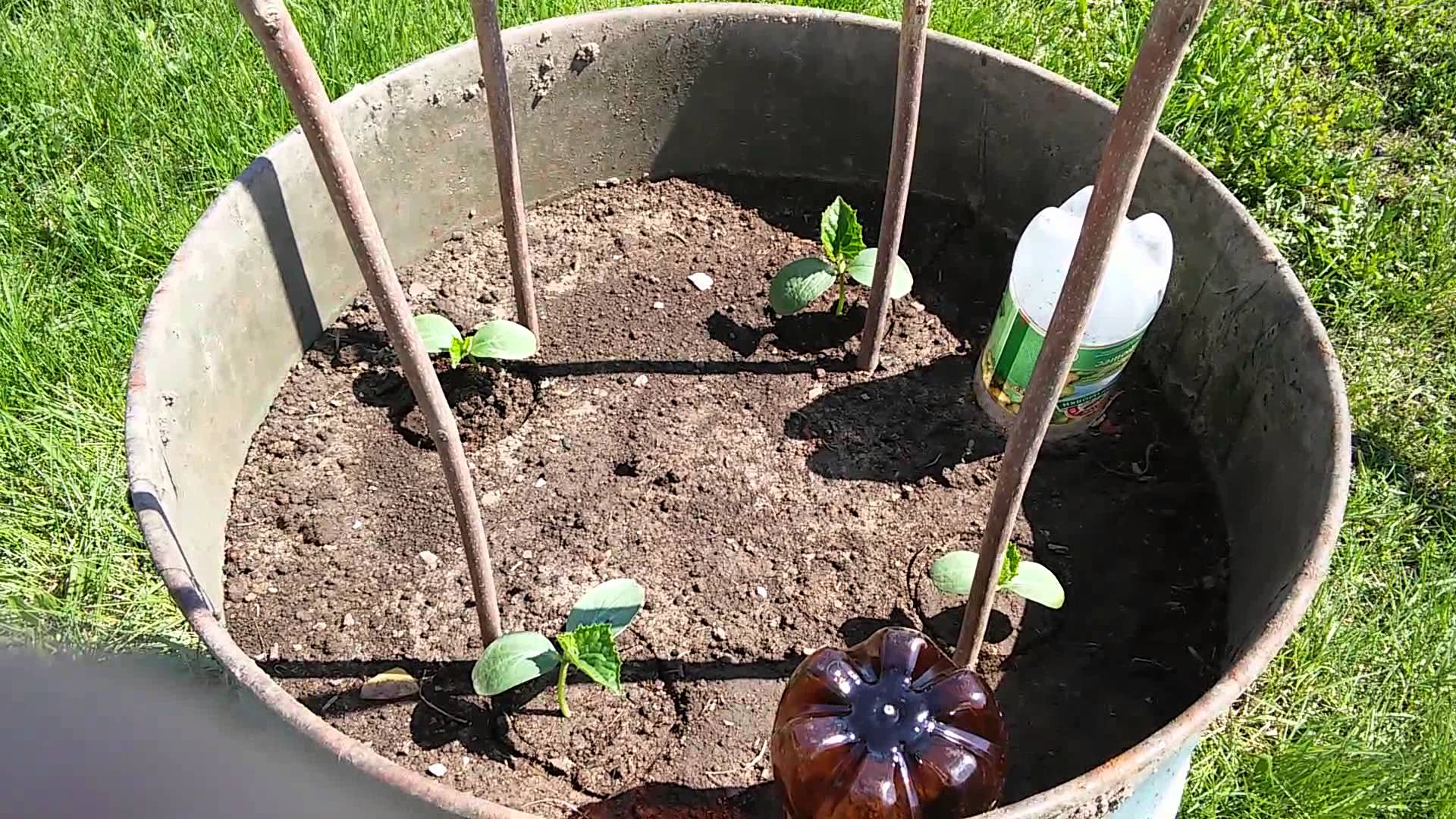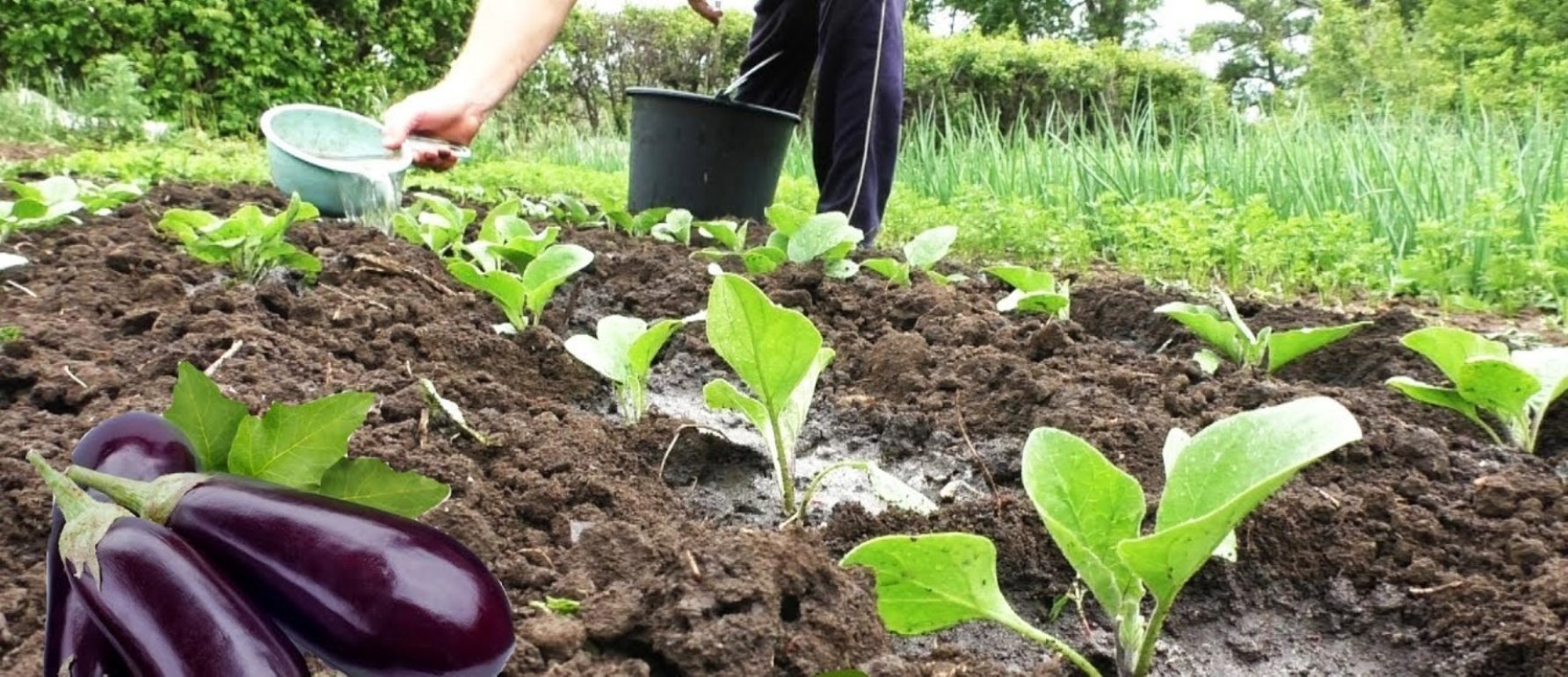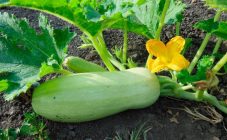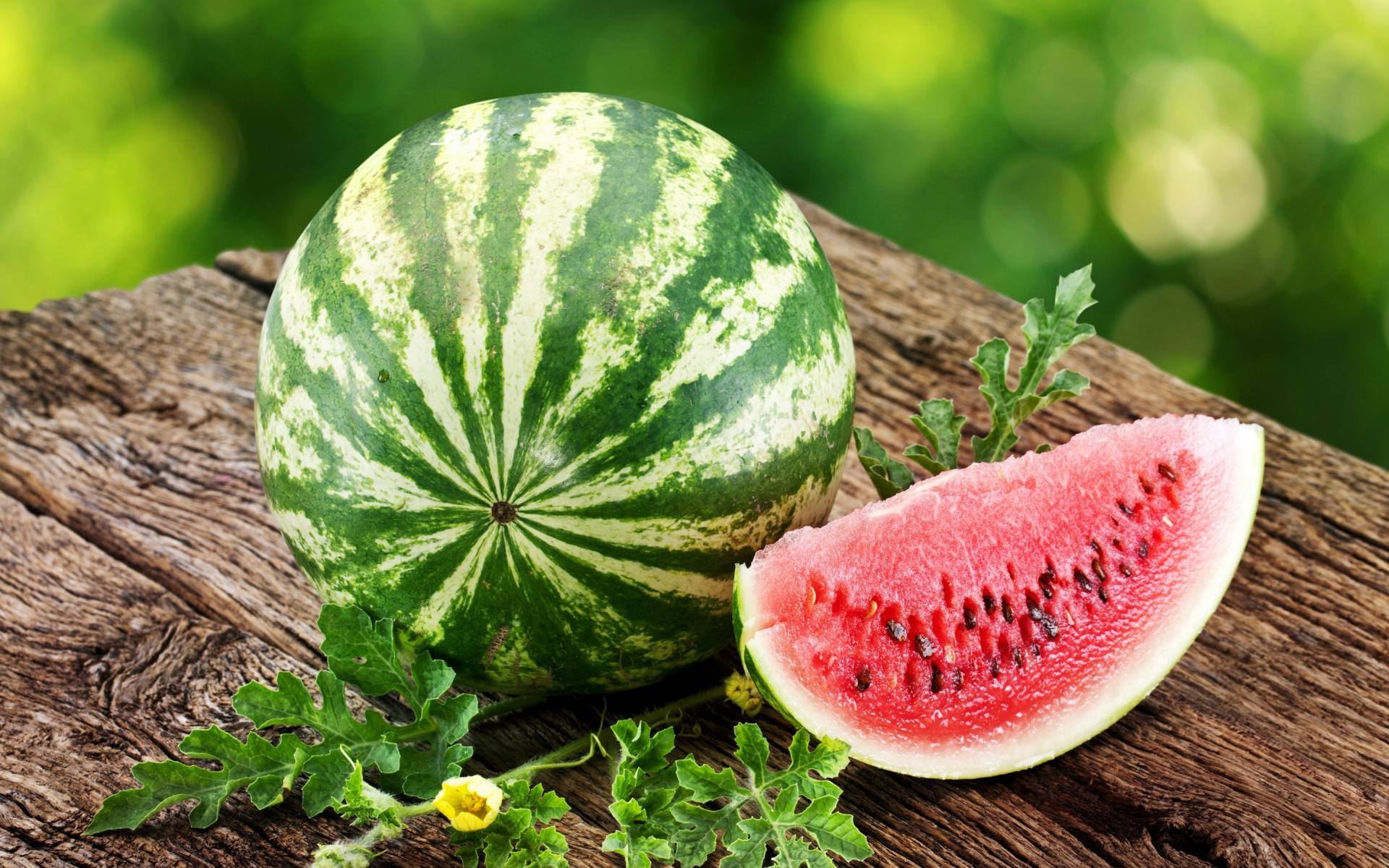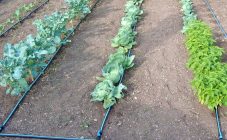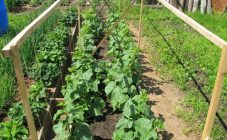Content:
The fruit of a cucumber is mostly water, which is why proper watering of this culture is important, especially during the fruiting period.
How to water cucumbers outdoors
Useful tips for watering cucumbers:
- Watering should be done at least 2 times a week, and in case of heat - every day.
- This should be done in the morning or evening, when the heat has not yet begun or has already subsided. It is not recommended to water during the day, as drops of water falling on leaves and stems can cause burns.
- Do not pour cucumbers - this will lead to decay of the root system. How often you need to water the cucumbers depends on the variety.
- In the spring, when the seedlings have just been transplanted to the garden bed, it is recommended to irrigate once a week, since cucumbers do not yet need a large amount of water, especially since there is no heat yet.
- How often to water cucumbers? If the soil is clayey, water less often and harder. This is done because the clay holds moisture well. By the way, a large amount of water on clay soils can lead to root rot.
- For better absorption of moisture by cucumbers, it is recommended to pierce the ground with a pitchfork several times. But you need to be very careful not to damage the plant roots.
- After watering, it is necessary to loosen the ground and mulch with straw, peat, earth (dry). This is important to prevent a hard crust from forming and allow the soil to breathe. And mulching also helps to avoid weeds, as well as problems with some pests.
- Do not water with ice water - this can destroy crops. To irrigate the soil, you need to install a barrel for water, where it will settle and heat up.
- The roots of the plant are shallow (at a depth of about 25 cm). That is why the culture is not predisposed to eating from the ground, as, for example, watermelons do. They sink their roots into the ground until they meet water. Due to the same feature, it is impossible to saturate with water too abundantly.
- Watering is necessary at the root. This way the root system will not be damaged, and drops will not get on the leaves, which can cause burns.
Competent watering of cucumbers in the open field
There are several ways to water.
Drip irrigation
The technology was taken from industrial plants using a hydroponic system. Hydroponics is a structure for growing fruit plants in special containers with an irrigation system. Such a system helps to save space for growing crops.
The drip option is irrigation of the soil using a special system that includes a pump that pumps water, as well as many tubes leading to the plants. This option allows moisture to flow evenly into the soil.
The cost of such a system was very recently very high, but modern technologies, including Chinese ones, will make it affordable for everyone.
Advantages and disadvantages
Benefits:
- Watering is automatic. The pump starts pumping water as soon as the timer starts counting down, and it automatically goes to the beds. This option saves time and effort, which is especially useful for older people and those who do not have enough time for a vegetable garden.
- Watering is done correctly and evenly. Due to the regular supply of a small amount of water to the roots of the plant, their decay does not occur.
- With this option, the yield increases.
- You can not be afraid that the plantings will die from hypothermia, since while the liquid is drawn by the pump and flows through the pipes, it heats up.
Disadvantages:
The system has practically no minuses, but the complexity of the installation can be distinguished.
Installation:
To work, you will need a pump, plastic pipes and connectors for them. You can also buy a ready-made drip irrigation system, you just have to assemble it. They come in a variety of sizes and branches.
All materials can be purchased at hardware and hardware stores. The cost of drip irrigation will depend on the number of plants to which pipes will need to be laid. How many pipes are needed depends on the length of the bed.
Progress:
- Pipes are laid along the site, near the plants, if they have already been planted. Attach parts with connectors.
- Holes are made in the pipes.
- The pipe system is connected to the pump. It can be regular and automatic (with a timer). The pump is connected to a water source (well) or placed in a barrel.
The advantage of a pump with a timer is that irrigation can be fully automated.
Another way to make such a structure is to build it from bottles. This method is much cheaper. For it, you need to take several plastic bottles, make many holes in the neck, place the neck down and bury. The bottom of the bottle is cut off and the bottle is filled with water.
Wick irrigation
This option is most often used for indoor plants and on balconies. But for cucumbers in the open field, the wick method of supplying water is also often used.
Wick irrigation is a system in which one end of a cord or cloth is lowered into a container of water, and the other is placed in the ground, next to the roots of the plant. As needed, the roots themselves pump water from the container through the canal.
Watering benefits:
- Easy to install and use. This option can be made very easily and quickly from scrap materials.
- Soil irrigation automation. You can not monitor how much water a plant needs, because in different periods of its growth and development (period of germination, seedling, flowering, fruiting), it needs a different amount of moisture.
- The plant receives as much moisture as it needs.
Features of installing wick irrigation
For the correct installation of such a system, it is important to pay attention to some features, non-observance of which will lead to incorrect operation of the system. This can damage the roots.
- It is important to constantly replenish the water tank with warm, settled liquid. If the bed is large, you need to bury or install a barrel of water next to it. If the bed is small, you can install a ten-liter bucket for water. It is necessary to bury the container so that the board is flush with the ground. This is necessary so that the roots can pump water freely.
- It is best to use a cloth for the wick. The material must be durable, not subject to decay. The width of a strip of fabric should be 2 cm or more. The wider the strip, the better the soil will be irrigated. The length of the wick should be determined by the distance from the bottom of the barrel to the stem, taking into account that its edge (about 10 cm) will be buried.
- You need to bury the edge of the strip next to the stem, to a depth of about 10 cm, while doing this so as not to damage the roots.
There are many more ways to water cucumbers. For example, a leaky hose, plastic bottles with holes, sprinkling and others, but they are all similar to the previous two. And the above watering methods are simpler and more convenient.
In dry, hot weather, automatic options are an excellent solution, but in rain such watering can be harmful. Therefore, it is important to limit it.
By the way, the drip path of watering with bottles is convenient for fertilizing. To do this, you can add the required amount of fertilizer to a bottle of water, and it will evenly go straight to the roots.
Watering temperature
Cucumbers are quite demanding on the water temperature. Watering cucumbers in open ground should only be done with warm water. In no case should you water them with cold water. The temperature difference inside the soil can lead to a strong decrease in yield and even the death of a crop due to hypothermia. For the same reason, they are not hosed. A strong pressure of cold water will destroy the shoots, both small and adults.
The best water temperature for irrigation: + 20 ... + 25 degrees Celsius. It is best if it is about the same as the temperature of the soil. The irrigation procedure should be done in the morning.
Seeds: hatching, sowing, watering
Cucumbers are very fond of water, their entire life cycle is very closely connected with it. Even planting cucumbers starts with soaking the seeds. For germination, it is important to follow these instructions:
- Seeds are disinfected with potassium permanganate. To do this, 1 g of potassium permanganate is diluted with 200 ml of water. The seed material is kept in this solution for about 10 minutes, and then washed well.
- You need to wet a piece of canvas cloth, put seeds on it. All procedures are carried out in warm (but not hot or cold) water. The best temperature for seed germination is around 28 degrees Celsius.
- Cover the seeds with a plastic bag or put in a glass container, put in a warm place. They hatch after 3 days.
Planting cucumbers
When the seeds hatch, they are planted in separate pots or open ground.
Seedlings should be watered with warm (+ 20 ... + 25 degrees Celsius) settled water. Watering should be done in the morning (up to 12 hours) as the soil dries out. It is important not to flood the sprouts, then not a single shoot will survive.
The first time the seedlings are fed 2 weeks after planting, then again after 10 days. After 3 weeks or a month, you can plant the plants in the ground. Cucumbers are fed with ash, yeast, hydrogen peroxide. The fruits ripen 1.5-2 months after germination.
How to choose the right time to plant cucumbers
Cucumber is a thermophilic culture. That is why they are planted when the air and soil warms up enough.
Soil temperature should be at least 15-18 degrees Celsius. It is important that the temperature is increased daily so that the cucumbers grow quickly.
Where to plant
Planting can be done outdoors and in a greenhouse. In a greenhouse or greenhouse, the temperature is higher, so you can plant cucumbers there earlier.
There are also vertical and horizontal planting methods. The vertical method can save space. And with the horizontal - the distance between the holes should be about 60 cm. With the vertical method of cultivation, the stems must be tied up.
The place for this culture must be chosen warm and sunny.
Thus, watering is a very simple task, if you take into account all the features of the structure, growth and development of this plant. Observing all the rules of cultivation, the culture will certainly thank you with a good harvest.
